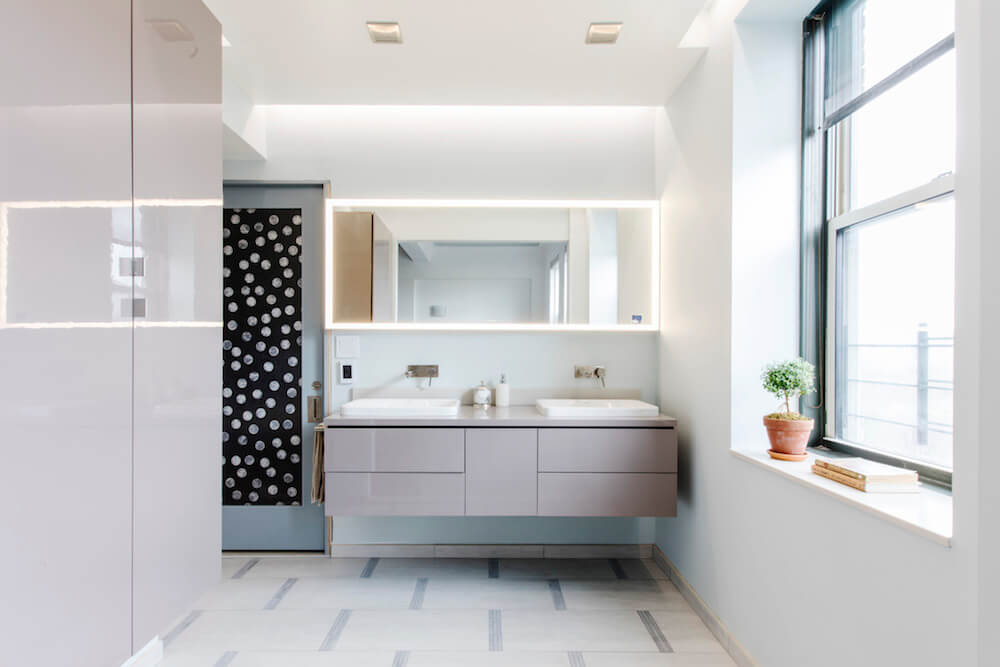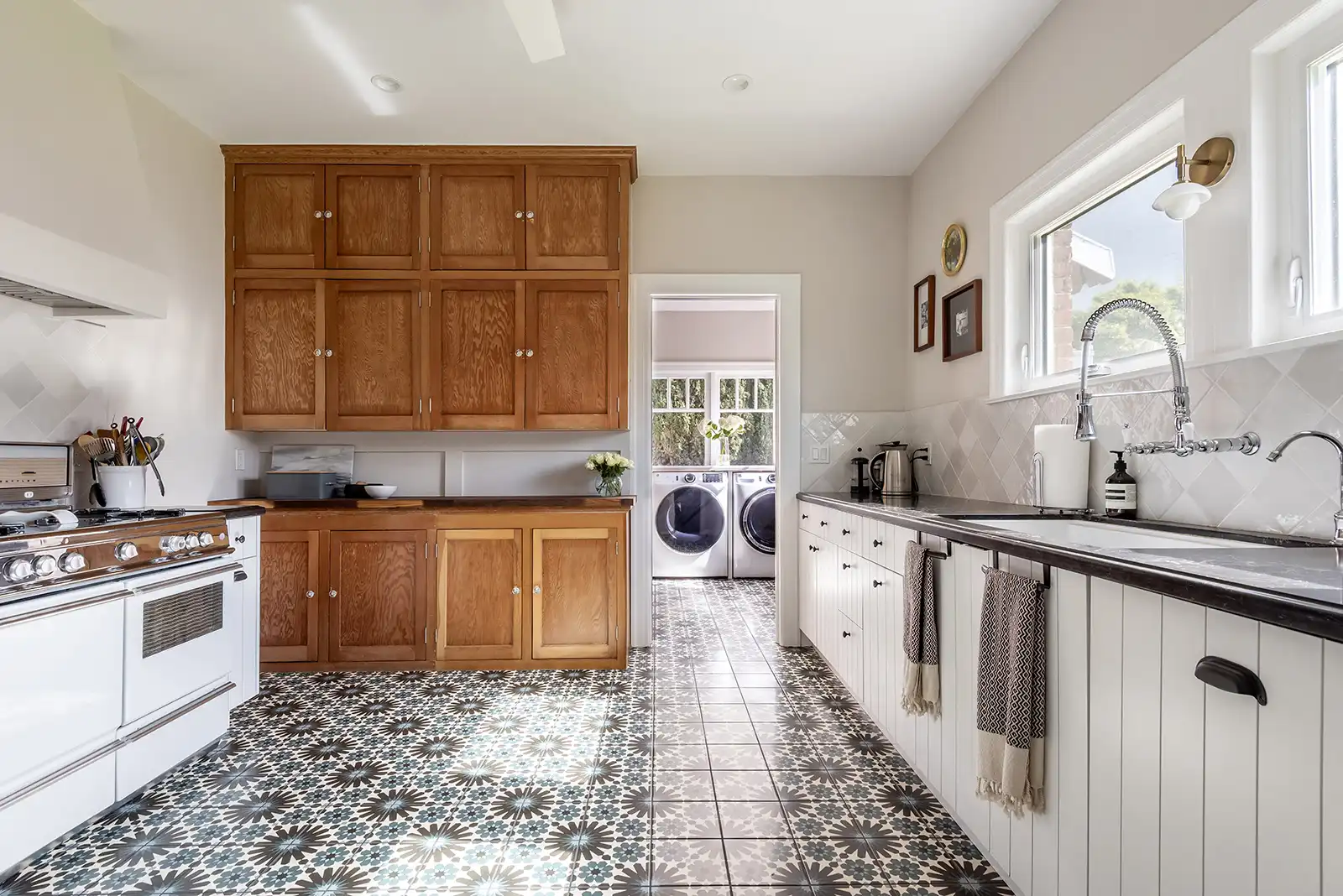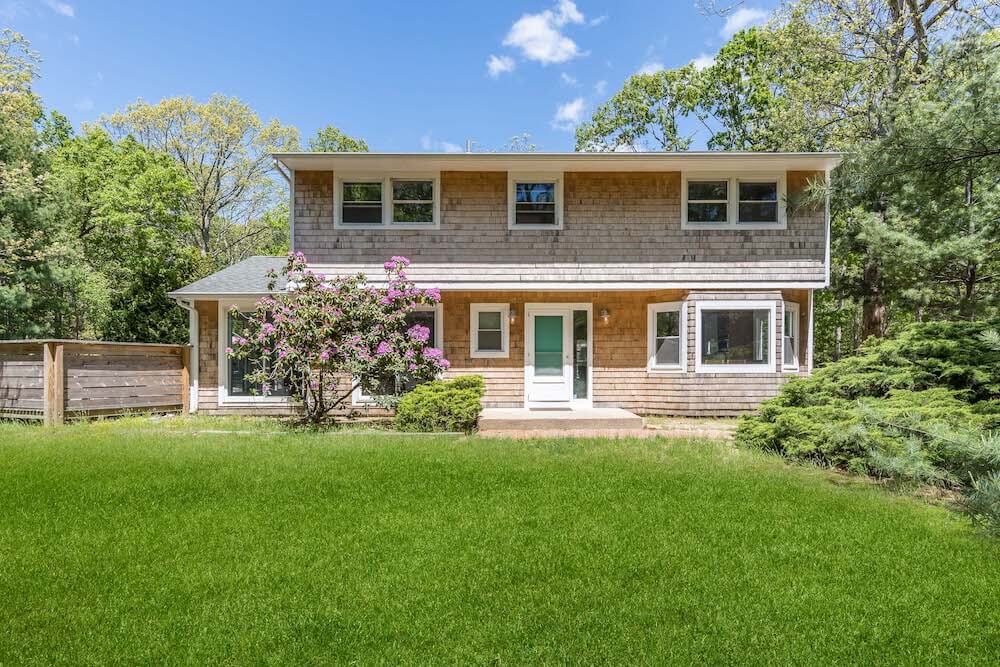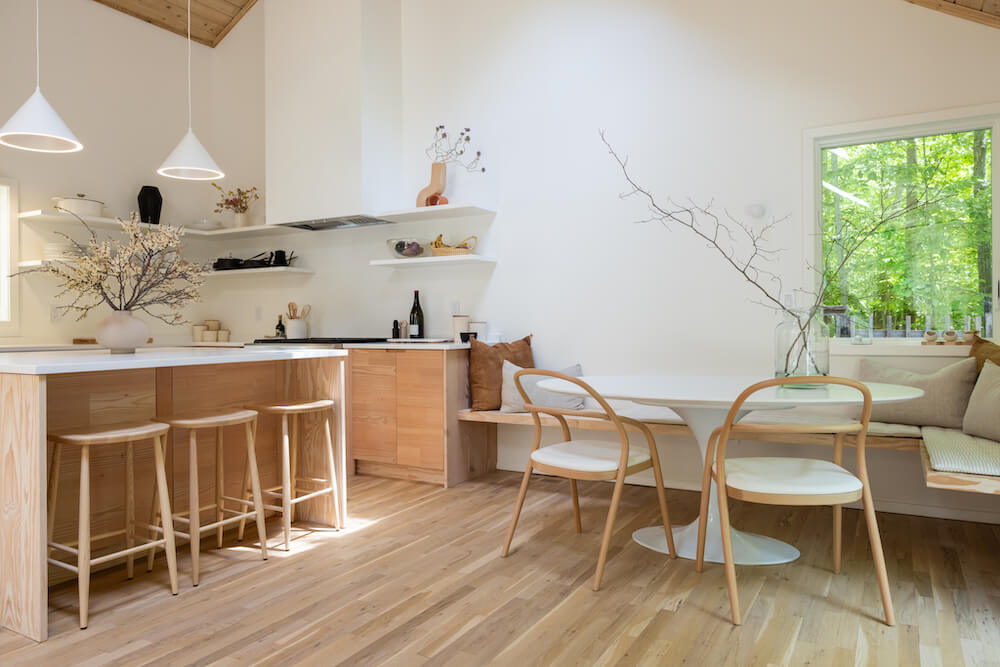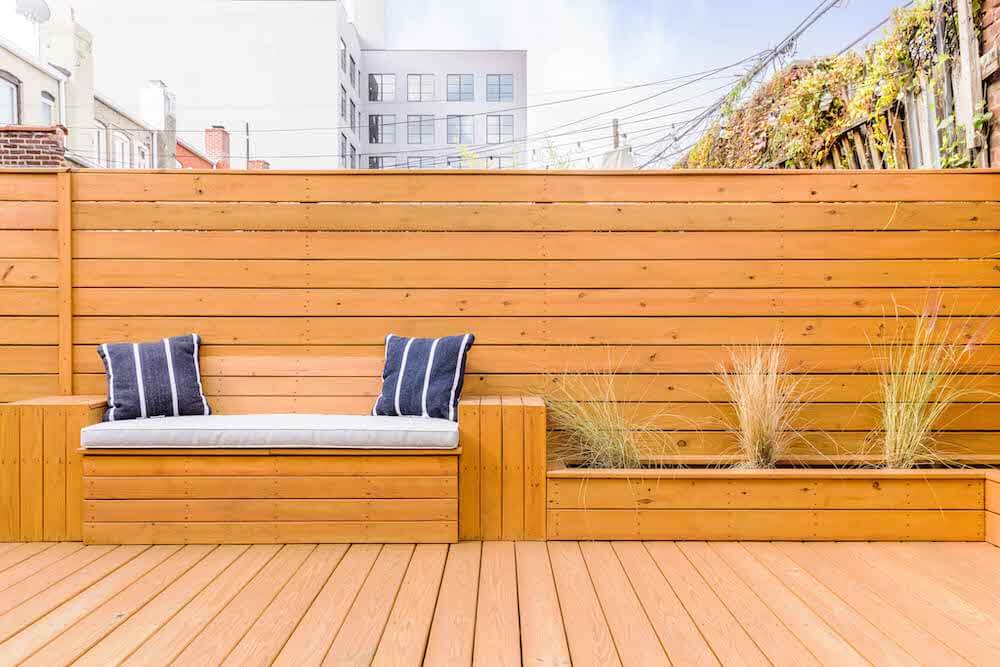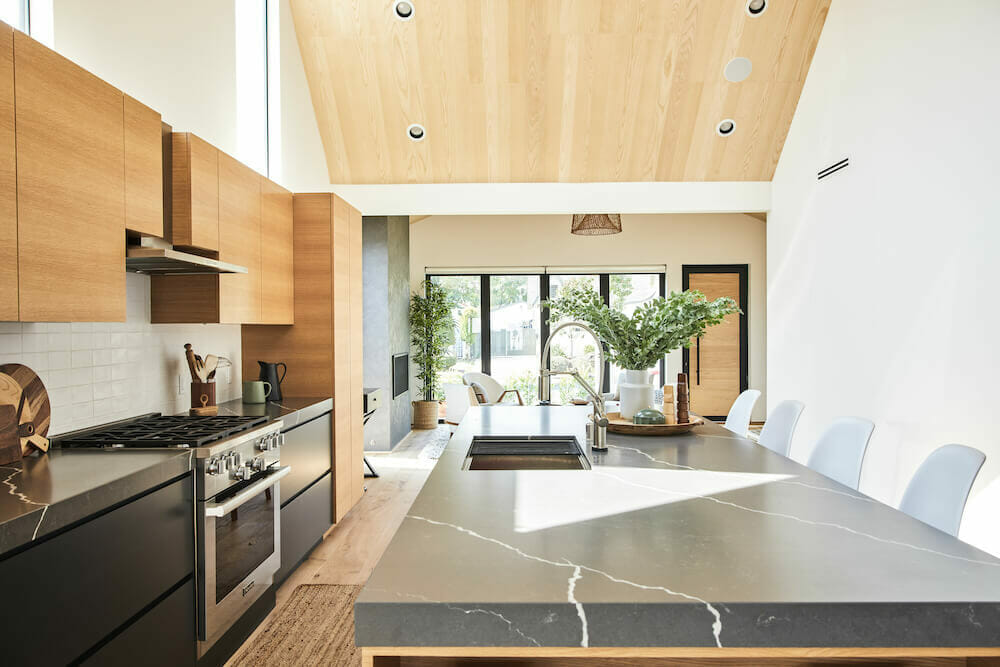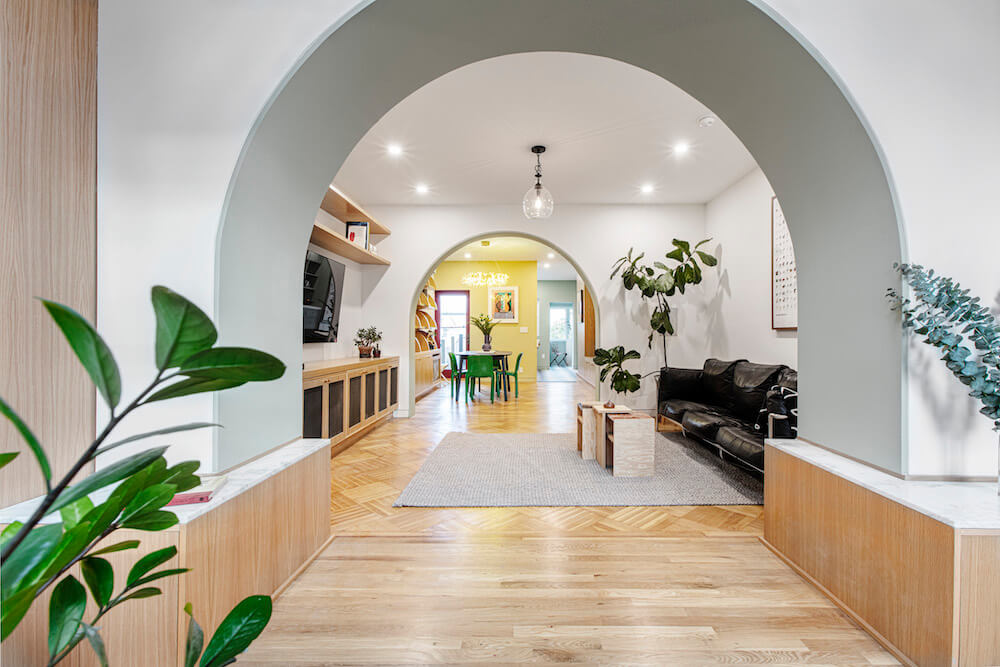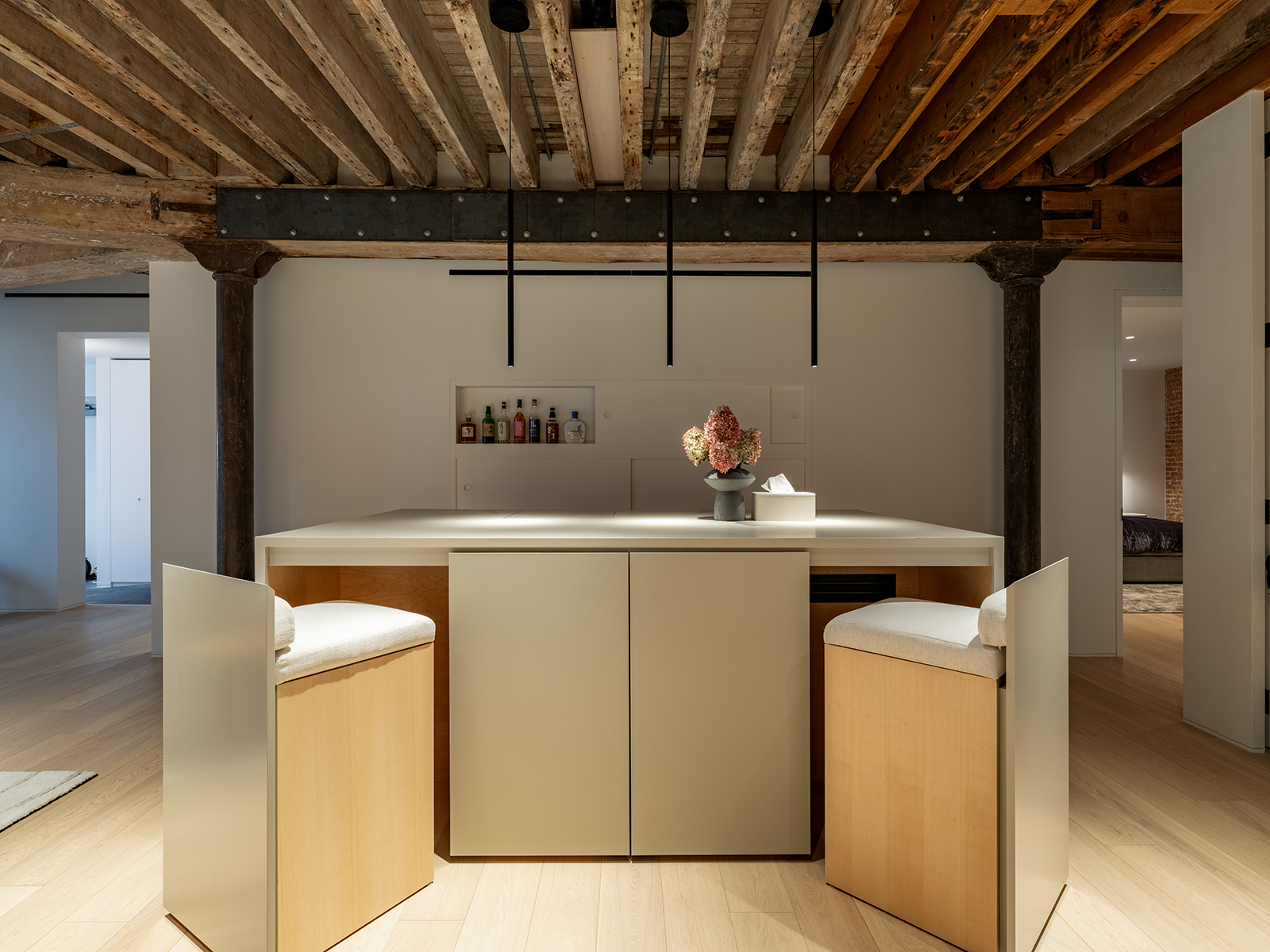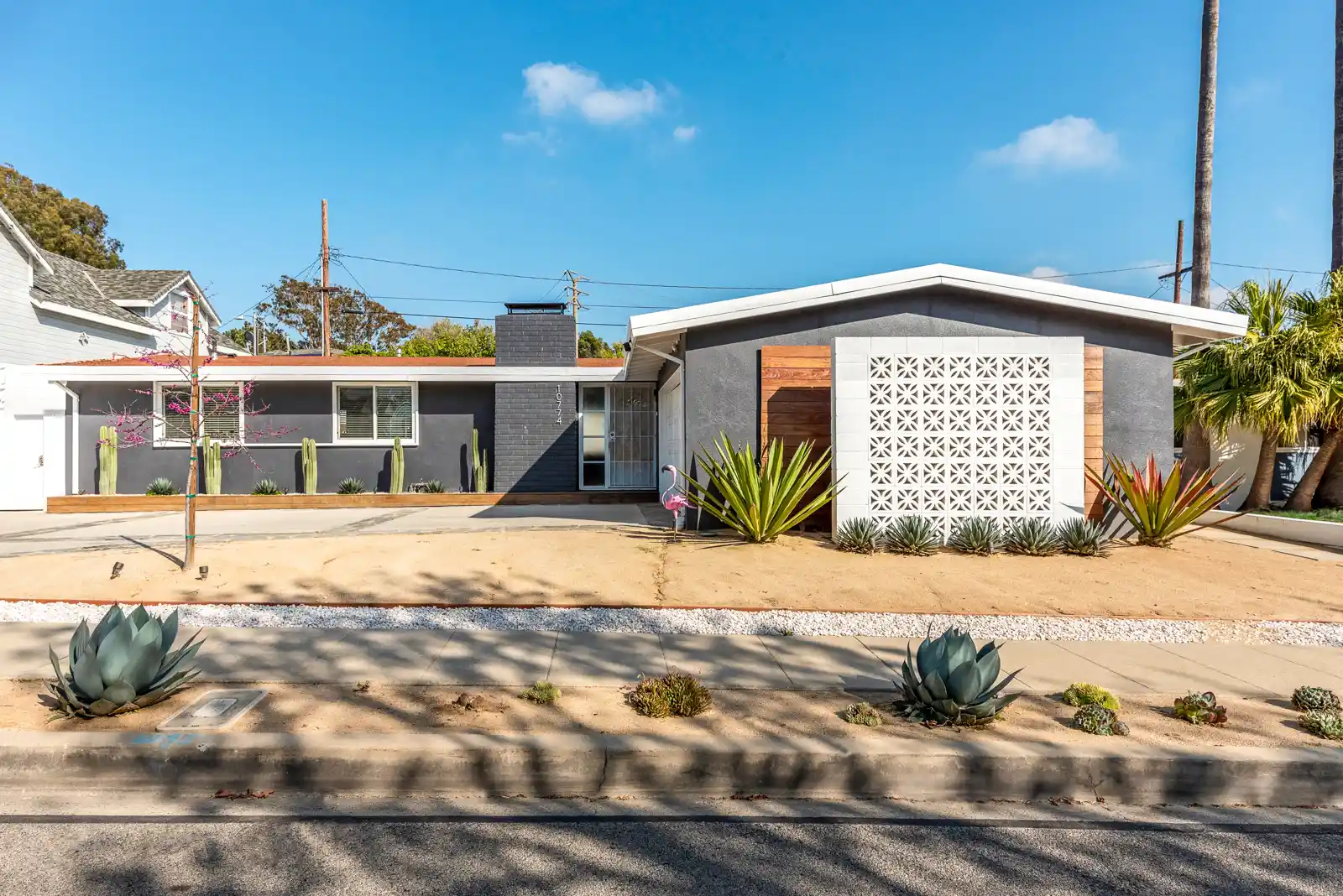How to Prepare Your Home for Extreme Heat in Dallas
Dallas summers can be scorching. To keep your home cool and comfortable during extreme heat, it’s essential to take proactive measures. This guide outlines practical tips and strategies to prepare your Dallas residence for the sweltering temperatures ahead. By following these recommendations, you can ensure your home’s energy efficiency, comfort, and safety throughout the summer season.
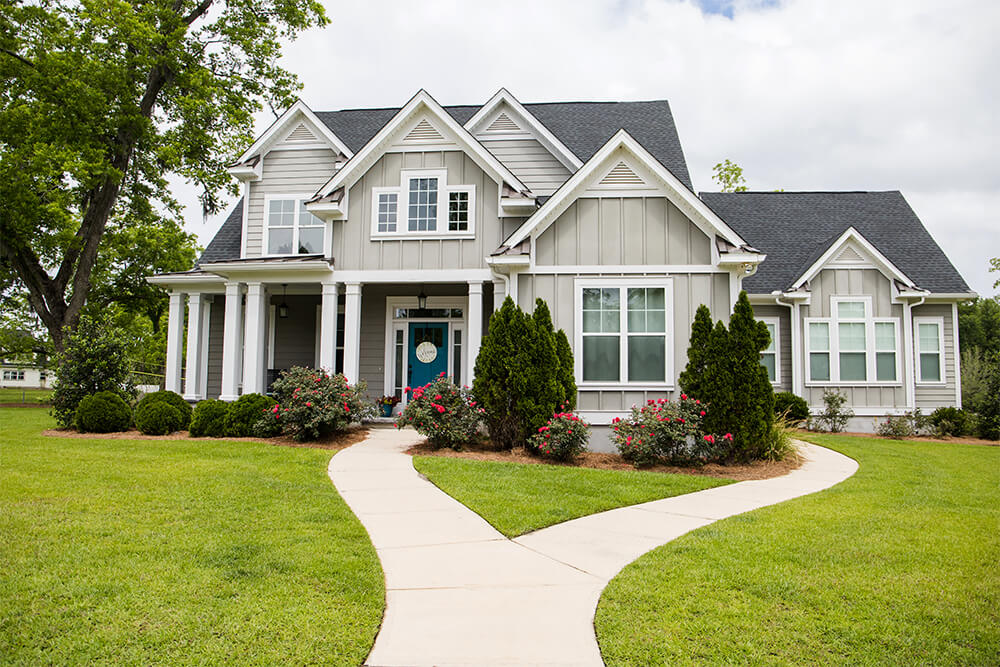
Get summer-ready
Anyone who lives in Dallas knows about its legendary heat. March and April’s fair days in the 70s are nice but they never continue. Average maximum temperatures in Dallas in July and August hit a whopping 96 degrees F. Your air-conditioner is the largest contributor to your energy bill in the summer. While your own house will rely on that on the hottest days, Sweeten presents other avenues to supplement the A/C. Alternatively, the best way to cool a house includes utilizing energy-efficient exterior materials from the roof to the windows.
All of these changes will help you prepare your home from Dallas’ extreme heat. Sweeten matches home renovation projects with vetted general contractors, offering advice, support, and secure payments—for free.
Install a whole-house fan
One way to assist your air-conditioner or even replace its operation on less intense days is with a whole-house fan.
In your house, the lower areas below the attic are artificially conditioned to a set temperature, often in the low 70s F. As the day progresses, your unconditioned attic builds up heat. By the end of the day, it is at its hottest.
Even though your attic may be insulated, a tremendous amount of heat has built up. The lower areas’ air-conditioning is working overtime to fight against it.
A whole-house fan draws air through open windows and pushes it out through the roof. The attic is completely ventilated, as well. Many whole-house fans have an air exchange rate of up to six times the volume of the house.
Speak with your contractor about the possibility of modifying the existing ducts of your HVAC system to provide whole-house cooling.
Best way to cool a house: Choose energy-efficient exterior materials
Paint your home with lighter colors
Most of us learned in school that lighter colors absorb less heat than dark colors. To a limited degree, the same idea applies to your home.
The U.S. Department of Energy has found that dark-colored homes absorb up to 70 to 90 percent of the radiant energy that strikes the house from the sun. Heat on the outside of the house can transfer to the inside, resulting in heat gain.
Does this mean that you should paint your house white? If you wish to, you should do so. But any type of lighter-colored paint or siding color will considerably reduce heat absorption. These are creams and ivories, light tans, beiges, blues, and pastels such as peaches, lavenders, and greens.
Roofing materials for Dallas summers
Roofs in Dallas bear the brunt of the intense summer sun. Selecting the right roofing material can significantly reduce heat transfer into your home, as up to one-third of heat can enter through the roof.
Dispelling myths
Contrary to popular belief, a lighter-colored roof alone won’t solve the problem. A U.S. Department of Energy study found that even white composite shingles absorbed 70% of solar radiation. Sweeten brings homeowners an exceptional renovation experience by personally matching trusted general contractors to your project, while offering expert guidance and support—at no cost to you. Renovate to live, Sweeten to thrive!
Cost-effective solutions
A lower-cost option is to apply a coating to your shingles. This coating, containing glass fibers and aluminum particles, reflects radiant energy more effectively than lighter-colored shingles.
For a more effective solution, consider roof materials with lower thermal reactivity. Terracotta, ceramic tiles, concrete tiles, and slab concrete are excellent choices. Metal roofs also offer good thermal insulation due to their built-in dead-air space.
Siding materials
Properly insulated siding can significantly improve your home’s energy efficiency and comfort during Dallas summers.
Vinyl siding
Vinyl siding typically has a gap between the siding and the house. Insulated vinyl siding fills this gap with rigid foam plastic insulation. These products must have an R-value of 2.0 or higher (higher R-values indicate better insulation).
Masonry siding
Masonry siding, like brick and veneer stone, provides excellent heat protection. Fiber-cement siding also contains a high amount of mineral materials.
Continuous exterior insulation
Adding continuous exterior insulation can further enhance your home’s thermal performance. While standard wall systems typically have an R-value of 13, continuous insulation can offer an R-value of 8.5 for 2-inch thickness.
The key benefit of continuous insulation lies in its ability to eliminate thermal bridges, which are areas where hot air can enter the home. By applying continuous insulation, you can effectively block these thermal bridges and maintain a cooler interior temperature.
Buy the best windows for Dallas’ heat
Wall systems that are fully insulated are always the best way to prepare your home from Dallas’ extreme heat. But no one wants to live in a house with no windows. Instead, buy the best possible window for that wall opening:
- Double-paned windows are standard, no matter where you live. For maximum heat protection, choose triple-paned windows.
- Look for windows filled with Argon gas.
- Choosing low-e (low emissivity) glass is considered a must in hot climates. Low-e is a coating that blocks much of the ultraviolet and infrared light from the sun. By controlling these two types of light, you control the passage of heat into the house.
- Get your numbers straight. For hot climates, keep an eye on three numbers listed on the window’s sticker: U-Factor, SHGC (Solar Heat Gain Coefficient), and VT (Visible Transmittance). You will want a low U-Factor number, a low SHGC number, and a high VT number.
When you’re ready to get started on your exterior or home remodel, work with Sweeten to renovate with the best contractors.
Install and maintain roof vents
A whole-house fan pulls hot air from the entire house, including the attic, and expels it. Roof vents expel only air from the attic.
Ventilated attics can be as much as 30 degrees F cooler than unventilated attics. Chances are good that your home already is ventilated, and most newer homes are. The question is whether those vents are adequate for your needs.
For homeowners, calculating the number and size of needed roof vents can be difficult. Factors such as the presence of a vapor barrier, roof slope, type of roof, insulation, and more come into play. A qualified professional such as a roofing contractor can help with calculations and with installing the roof vents.
If your home has a vaulted or cathedral-style ceiling or a flat roof, you will have no attic. With these types of roofs, ventilation works differently: the open plenum is within the roof itself.
More ways to keep your house cool in extreme heat
- Install exterior awnings over windows that receive the brunt of the sun during the hottest part of the day
- Install ceiling fans in each room. Note that ceiling fans rotate clockwise or counter-clockwise. During the summer, you will want the ceiling fan to turn counter-clockwise.
- Have your yard landscaped to add trees and shrubbery on the sunny side of your house
- Add thick thermal draperies to your windows
There are many ways to keep your house cool in extreme heat, from changes to the house siding and windows and the attic. Whether upgrading your whole house or adding some supportive cooling elements, taking action will endure your summers are comfortable for years to come.
—
A good place to start your remodel is by setting a realistic budget. Our Dallas kitchen cost guide and bathroom cost guide can help you.
Ready to renovate? Start here for free!
Here you can learn more about our services and locations. Alternatively, browse more home renovation inspirations, processes, and cost guides.
